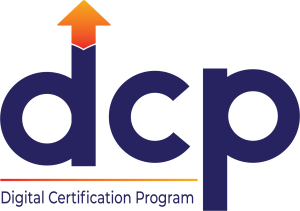Digital Skill Attainment
A recent study by the National Skills Coalition shows that across all industries 92% of jobs now require digital skills. Workers that qualify for jobs that require even one digital skill can earn an average of 23% more than in a job requiring no digital skills. Moving from a job requiring no digital skills to one requiring at least three can increase pay by an average of 45%.
Acquiring digital skills requires that older Americans have access to and use of Information and Communication Technologies (ICTs). This includes five elements:
- Affordable, robust broadband internet service;
- Internet-enabled devices that meet the needs of the user;
- Access to digital literacy training;
- Quality technical support; and
- Applications and online content designed to enable and encourage self-sufficiency, participation and collaboration.
We partner with organizations to develop intentional strategies and investments so older workers can gain the digital skills they need to compete in today’s job market.
Key aspects of the program include:
Equipment + Connection
A new laptop and accessories, so training equipment mirrors a workplace setting. And a new hot spot with 12 months of prepaid internet to ensure ongoing connectivity.
Digital Navigator
Weekly training including tailored lessons, pre and post skill-tested assessments, independent lesson practice, and access to a Digital Navigator for guidance and technical support.
Certifications
Skill-tested certifications in digital modules including computer basics, Microsoft Windows, Microsoft Office Suite (Word, Excel, PowerPoint), and career pathway based Capstone Practicum Project.
Postgraduate Career Services
Upon completing the Digital Certification Program, job seekers will retain all provided equipment, in addition to access to opportunities, including resume development, mock interviews, and career coaching.
Get in Touch for More Information
Feel free to reach out for more information! We welcome your inquiries and are here to assist you. We look forward to hearing from you!

 The Digital Certification Program (DCP) is a data-driven solution that equips unemployed older Americans with the tools they need to thrive in the modern world of work: in-demand skills and a means to showcase those skills to potential employers.
The Digital Certification Program (DCP) is a data-driven solution that equips unemployed older Americans with the tools they need to thrive in the modern world of work: in-demand skills and a means to showcase those skills to potential employers.